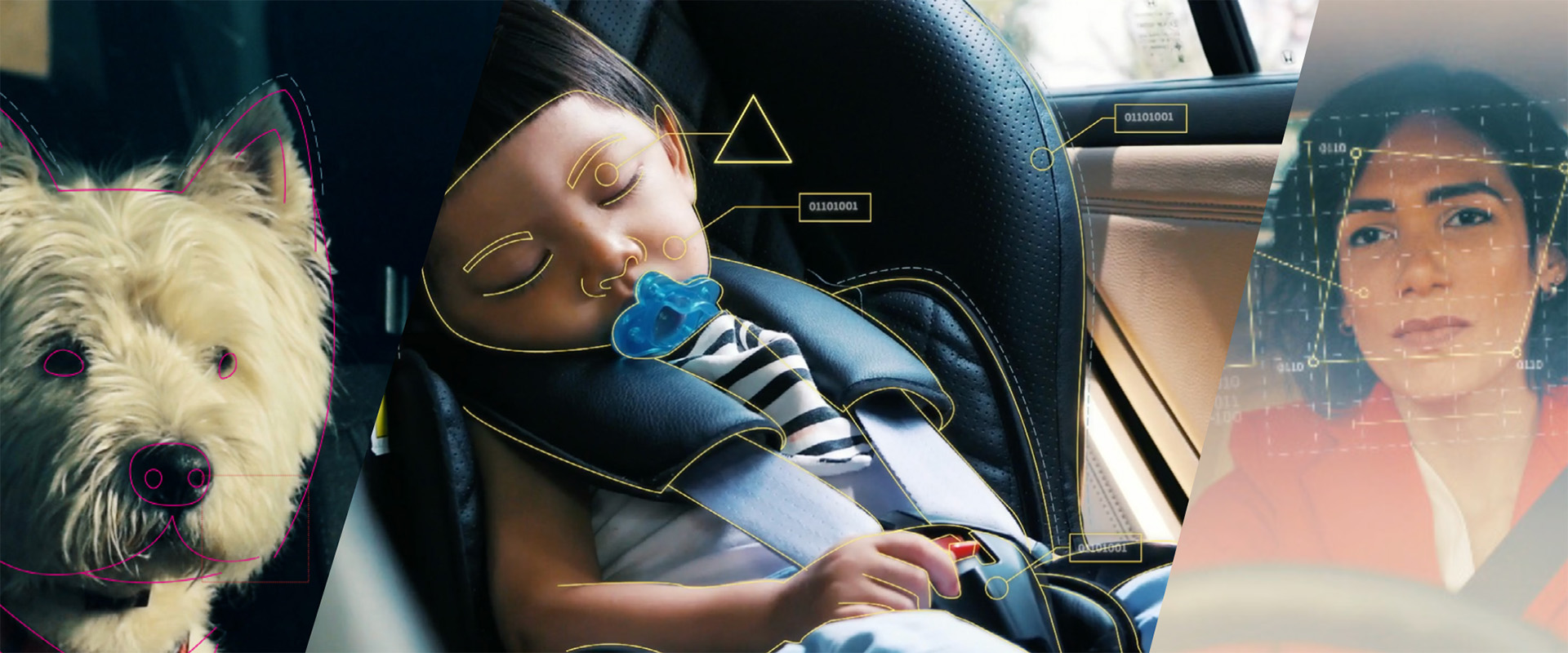EN


Eye tracking has become an increasingly important tool in research across various fields, including psychology, marketing, and neuroscience. The technology allows researchers to measure and analyze where a person’s gaze is directed, providing valuable insights into attention, perception, and decision-making.
iMotions and Smart Eye are two leading companies in the eye tracking industry, and their solutions have been widely adopted by researchers worldwide. In this post, we will explore the use and importance of eye tracking for research purposes and how iMotions and Smart Eye are advancing the field with their innovative solutions.
Eye tracking is a non-invasive method of measuring visual attention, which can provide researchers with a wealth of information about how people process information. By recording eye movements, researchers can identify patterns in attention, such as what people look at first, how long they spend looking at different areas, and how their attention is affected by various stimuli.
1 – Marketing research: Eye tracking can be used to test the effectiveness of advertising campaigns, packaging designs, and in-store displays. By tracking where people look, researchers can determine what catches their attention and what doesn’t, and use this information to improve marketing strategies.
2 – User experience research: Eye tracking is also useful for testing the usability of products and websites. By tracking where people look and how long they spend looking at different areas, researchers can identify usability issues and make design improvements.
3 –Psychology and neuroscience research: Eye tracking can be used to study various cognitive processes, such as attention, perception, and decision-making. By recording eye movements while participants complete tasks, researchers can gain insight into how these processes work.
4 – Sports research: Eye tracking is also useful for studying sports performance. By tracking the eye movements of athletes, researchers can identify visual strategies and improve training methods.
iMotions and Smart Eye are two companies that are advancing the field of eye tracking research with their innovative solutions.
iMotions is a leading provider of biometric research tools, including eye tracking, facial expression analysis, and physiological measurements. Their eye tracking solution integrates with other biometric tools to provide a comprehensive picture of participants’ emotional responses to stimuli. iMotions’ software also provides advanced analytics and visualization tools, making it easy for researchers to analyze and interpret their data.
Smart Eye is a leading provider of eye tracking technology for the automotive industry, as well as research and aviation. Their solutions can be used to study driver behavior, as well as for aircraft and simulator training. Smart Eye’s technology is also used in neuroscience and psychology research, as it can measure subtle changes in eye movement patterns.
Both iMotions and Smart Eye are dedicated to advancing the field of eye tracking research and providing researchers with the tools they need to gain valuable insights into human behavior. With their innovative solutions and commitment to research, iMotions and Smart Eye are helping to shape the future of eye tracking research.
Eye tracking is a powerful tool for research across a variety of fields, providing valuable insights into attention, perception, and decision-making. iMotions and Smart Eye are two leading companies in the eye tracking industry, providing innovative solutions that enable researchers to gain a deeper understanding of human behavior. As eye tracking technology continues to evolve, we can expect to see even more breakthroughs in research and a greater understanding of how we process information and make decisions.
Are you ready to get started with eye tracking, or need more help making a selection? Download our guide on Selecting Eye Tracking Solutions or contact us to help get you started!
